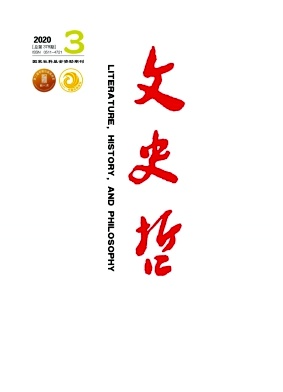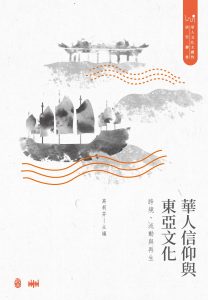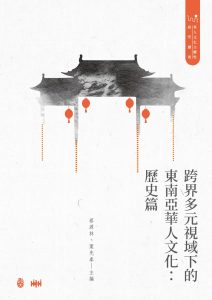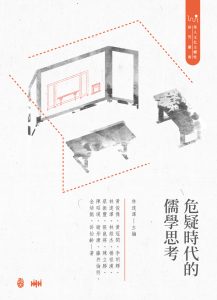題目:〈跨越地理環境之路——明清時期北方地區的遊牧與農商社會〉
作者:魚宏亮,中國社會科學院古代史研究所研究員
摘要:受「內亞」理論、「族群」理論等西方史學理論的影響,在某些古史研究中形成了形形色色的界線,將地理環境差異當作不同民族間生活與交流的鴻溝,中國東北、蒙古、新疆、青海西藏等地區被視為與中原地區截然不同的地理單元,進而將這些地區的人民與內地人民分割成互相隔離的族群,從而構建了一個內地與邊疆、本部與邊緣的歷史敘事模式。這種模式在中西方都產生了巨大影響,甚至變成中古史研究不可繞開的前提與背景。本文利用明清以來中央和地方檔案、土地契約、地名志、中外考察記等中外史料,還原了明清時期內地與蒙古地區人民跨越長城、河套等地理界限,在農業與貿易等方面進行的歷史悠久與規模宏大的雙向交流,以及移民、技術與文化傳播的歷史畫面。指出在一個環境與民族多樣性的國度中,地理環境等自然差異從來沒有成為人群交流與融合的阻斷因素。相反,人類社會的發展正是一部突破環境局限的歷史。「內陸亞洲」「長城帶」等西方史學理論的提出受到近代民族主義的影響,在應用到中國史的研究中存在著明顯的錯誤和缺陷。
A Road acrossing the Geographical Environment: Centered on the Interaction between Nomadic and Agricultural Civilization in the Northern Area in the Ming-Qing Period
【Abstract】 Using historical materials including central and local archives,land contract,record of place names,Chinese and foreign record of inspection and etc.,this paper restores the longlasting and massive communication among people from inland China and the Mongolian region on agriculture,trade and other aspects acrossing the geographic boundaries of the Great Wall and the Hetao region,as well as the historical scene of migration,technology transfer,and cultural communication.It can be seen that in a country with environmental and ethnic diversity,natural differences including geographical conditions had never been the blocking factors of communication and integration.On the contrary,development of human society is just a historical course breaking through the environmental limitation.The proposition of Western historical theories such as Inner Asia and the Great Wall Zone were affected by modern nationalism,yet they shows obvious defect when being applied into the studies of Chinese history.
文章出處:《文史哲》2020年第3期,頁45-62+166,濟南:山東大學。(CSSCI)
連結網址:知網





